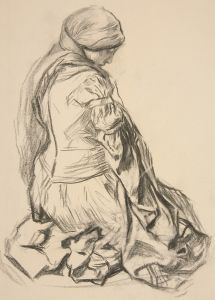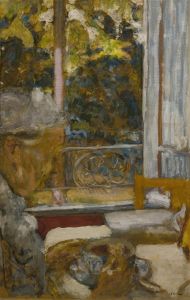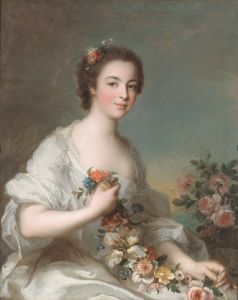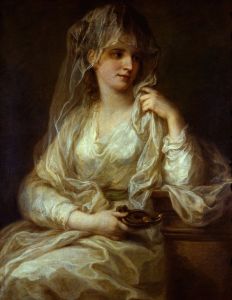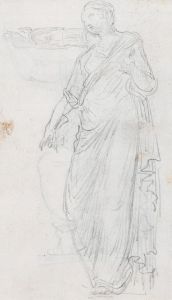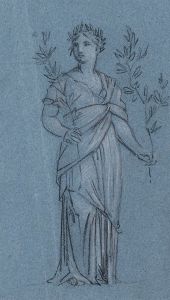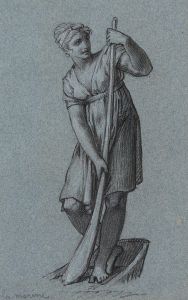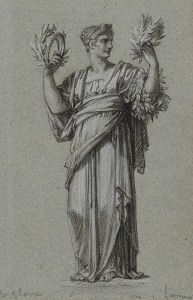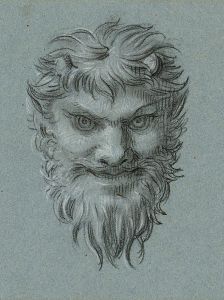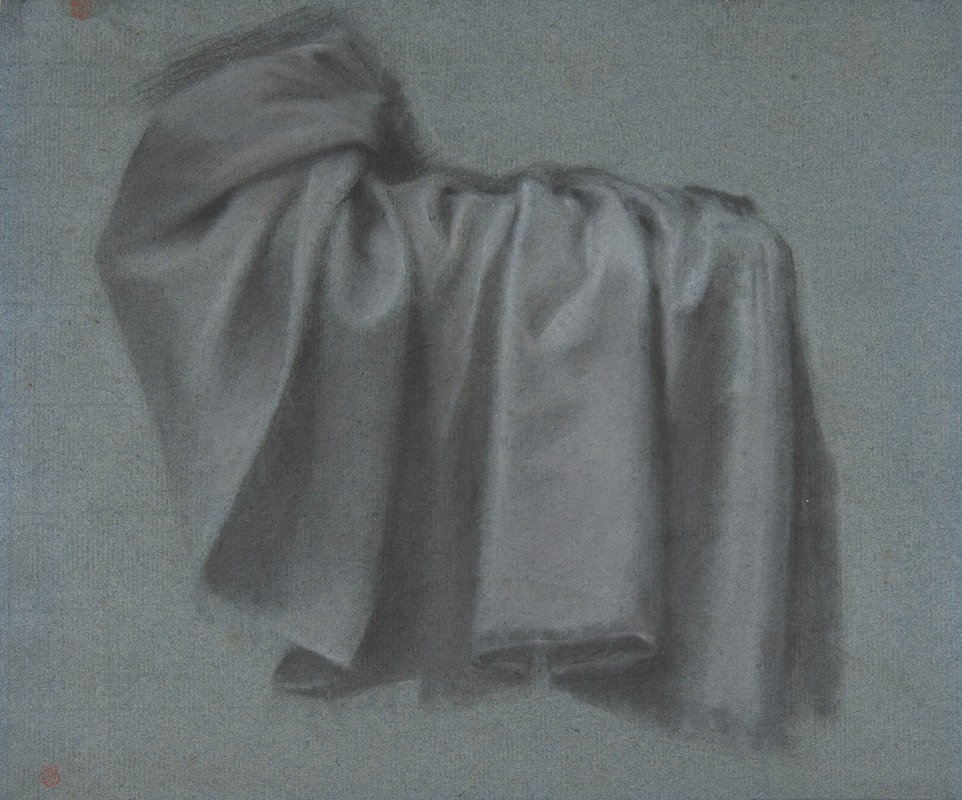
Study of Drapery
A hand-painted replica of Pierre-Paul Prud'hon’s masterpiece Study of Drapery, meticulously crafted by professional artists to capture the true essence of the original. Each piece is created with museum-quality canvas and rare mineral pigments, carefully painted by experienced artists with delicate brushstrokes and rich, layered colors to perfectly recreate the texture of the original artwork. Unlike machine-printed reproductions, this hand-painted version brings the painting to life, infused with the artist’s emotions and skill in every stroke. Whether for personal collection or home decoration, it instantly elevates the artistic atmosphere of any space.
Pierre-Paul Prud'hon was a French Romantic painter and draughtsman, renowned for his delicate and atmospheric works that often depicted mythological and allegorical subjects. One of his notable works is the "Study of Drapery," which exemplifies his skill in rendering fabric and texture with remarkable precision and sensitivity.
Prud'hon was born on April 4, 1758, in Cluny, France. He studied in Dijon and later in Paris, where he was influenced by the works of earlier masters such as Leonardo da Vinci and Correggio. His style is characterized by a soft, graceful approach that contrasts with the more dramatic and dynamic style of his contemporary, Jacques-Louis David. Prud'hon's work often features a dreamlike quality, achieved through his use of light and shadow, as well as his attention to detail.
The "Study of Drapery" is a testament to Prud'hon's meticulous technique and his ability to capture the subtleties of light and form. While specific details about this particular study are scarce, it is known that Prud'hon frequently created studies of drapery as part of his artistic process. These studies allowed him to explore the interplay of light and shadow on fabric, which he would later incorporate into his larger compositions.
Prud'hon's drapery studies are characterized by their fluid lines and the careful gradation of tones, which create a sense of depth and volume. His approach to drapery was not merely technical but also expressive, as he used the folds and contours of fabric to enhance the emotional impact of his figures. This skill is evident in many of his finished works, where the drapery often plays a crucial role in conveying the mood and narrative of the scene.
Throughout his career, Prud'hon received numerous commissions and enjoyed the patronage of influential figures, including Napoleon Bonaparte and Empress Joséphine. Despite his success, Prud'hon led a somewhat troubled personal life, marked by financial difficulties and personal tragedies. Nevertheless, his artistic legacy endures, and his works continue to be celebrated for their elegance and emotional depth.
Prud'hon's influence extended beyond his lifetime, impacting subsequent generations of artists who admired his ability to blend classical techniques with a Romantic sensibility. His studies, including those of drapery, remain valuable resources for understanding his artistic process and the broader context of 19th-century art.
In summary, while specific information about the "Study of Drapery" by Pierre-Paul Prud'hon is limited, it is clear that such works were integral to his artistic practice. They demonstrate his mastery of form and texture, as well as his commitment to capturing the beauty and complexity of the natural world. Prud'hon's contributions to art, particularly his nuanced approach to drapery, continue to be appreciated by art historians and enthusiasts alike.






